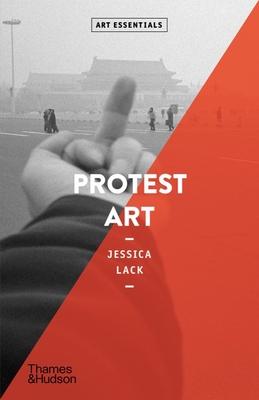A well-researched, concise guide to protest art, exploring what happens when artists join forces with radical political movements to foster change. The works and movements discussed in this book emerged at times of great upheaval including war, colonialism, independence, and changes of government. They reveal how art and politics have been intertwined throughout the twentieth and early twenty-first centuries.
Jessica Lack adopts an inclusive and international approach, presenting examples from nations and societies around the globe, including Sylvia Pankhurst's paintings depicting the harsh realities faced by women manual workers in early 1900s Britain; the revolutionary aesthetic created by Emory Douglas for the Black Panthers in the 1960s, which documented and galvanized the campaign for the rights of Black Americans; Nandalal Bose's portrait of Mahatma Gandhi, which became the iconic symbol of the Indian nonviolence movement in the 1930s; and the Chilean direct action work that contributed to the collapse of General Pinochet's government.
Each of the nine chapters addresses different ways in which art has been used to effect political transformation, taking in humor and satire; performance and propaganda; art's relationships to institutions, the media, conflict, and the state; and its uses as a weapon, a galvanizing force, and a way of refusing the status quo. Artistic acts, collectives, and movements are examined in their context, revealing how they have influenced other artists and changed the wider political and artistic world.
